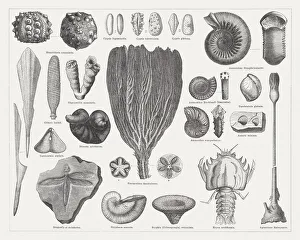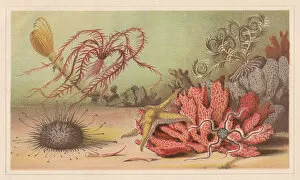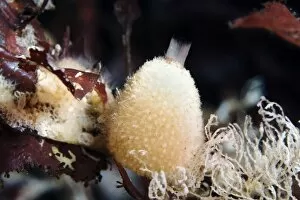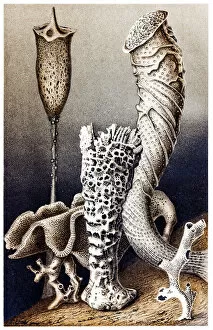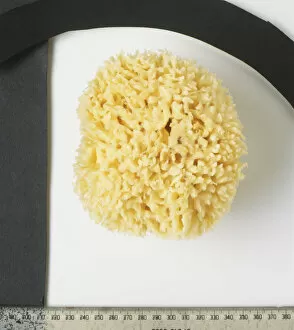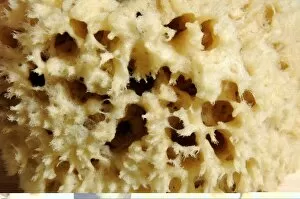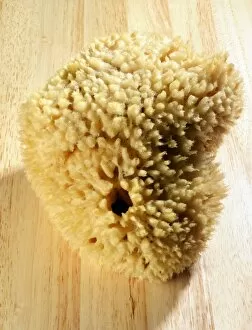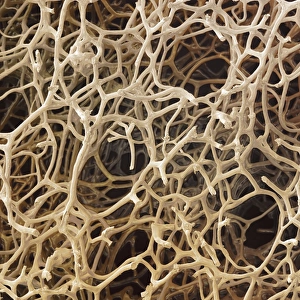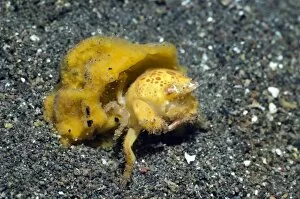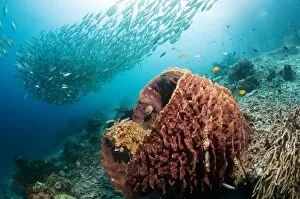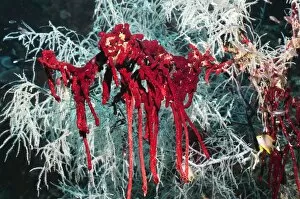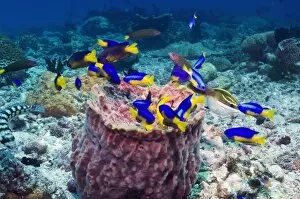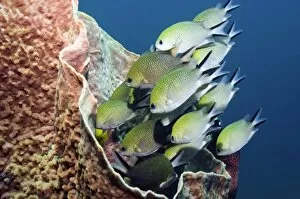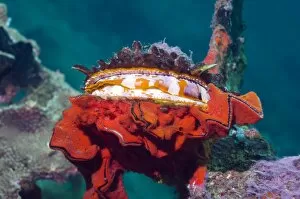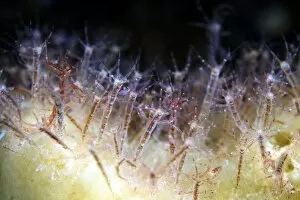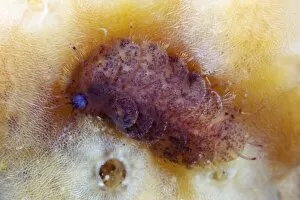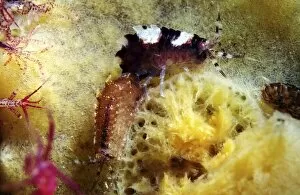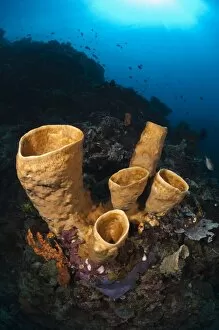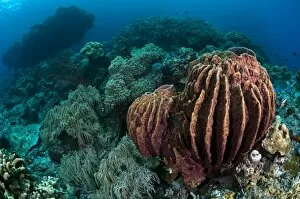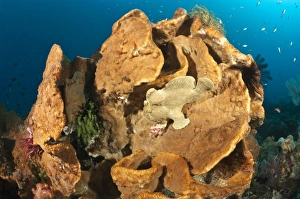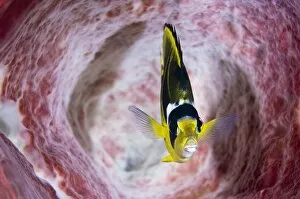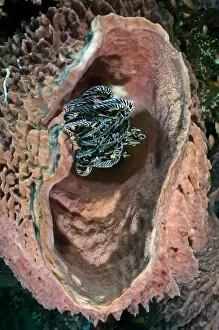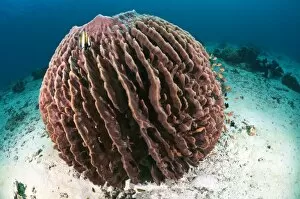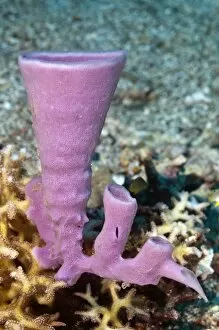Natural Sponge Collection
"Exploring the Rich Heritage of Natural Sponges in Tarpon Springs, Florida" Located in the heart of the USA's sunshine state, Florida
All Professionally Made to Order for Quick Shipping
"Exploring the Rich Heritage of Natural Sponges in Tarpon Springs, Florida" Located in the heart of the USA's sunshine state, Florida, lies a hidden gem known as Tarpon Springs. This quaint Greek sponge fishing town holds a fascinating history that revolves around one unique treasure - natural sponges. Dating back to ancient times, sponge diving has been an integral part of this community's livelihood. The art of harvesting these remarkable organisms from the depths of the sea has been passed down through generations. In fact, some sponges found here can be traced back to prehistoric eras like Jurassic fossils. The allure and usefulness of natural sponges were recognized long ago. Wood engravings published in 1876 depict skilled divers collecting these treasures from beneath the ocean's surface. A stunning color lithograph from 1897 showcases their vibrant beauty once they are brought ashore. One cannot help but marvel at the intricate details captured in a lithograph published in 1868 featuring an Echinoderm sponge. Its delicate structure is truly a work of art created by nature itself. Amongst various types found here is the Sycon sponge with its distinctive rounded shape when observed up close. Hexactinellid sponges also grace these waters with their ethereal presence. Captured through lens and microscope alike, images such as "Natural Sponge C013 / 9837" and "Natural Sponge C013 / 9836" reveal every nook and cranny on these incredible creatures' surfaces. Scanning electron microscopy (SEM) further unveils their microscopic wonders for scientists to study and appreciate. While exploring this underwater world teeming with life, one might even come across a curious creature known as the sponge crab – perfectly adapted to blend into its surroundings while benefiting from symbiotic relationships with natural sponges. Tarpon Springs stands as a testament to our connection with nature's gifts and the importance of preserving them.


